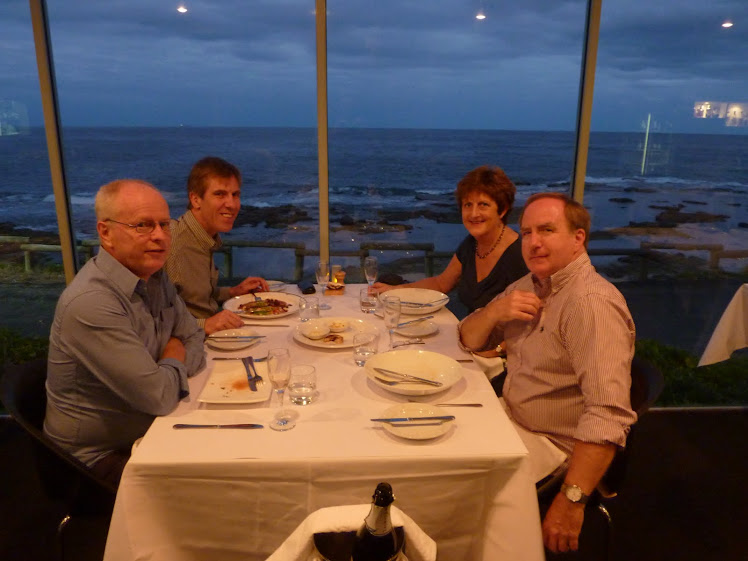We spent the last 5 nights of our trip on the WA coast, including 2 at Dunsborough which is about 250km south of Perth, close to Cape Naturaliste and the Margaret River wineries. On the way, we stopped at Busselton (which has a 1.8km long jetty) for a first wonderful swim in the Indian Ocean, with the temperature well over 30C, where it remained each day before our flight home. This enabled us to top up the suntan and relax for the final 2 days at Cottesloe Beach, our favourite resort in Australia.
The Perth region is currently ‘struggling’ with temperatures of over 30C for more than 20 consecutive days and sometimes they are close to 40, which is extreme (especially in the city). However, for us it’s a lovely feeling to experience for a few days, especially knowing we are returning to UK weather.
We had one cracking full day around Dunsborough, starting with a 25 minute each way walk in sweltering heat and pestered by flies to a whale lookout. Sadly, it’s not the right time of year to see them but the view of the coast was worth the pain, just about. We then visited a couple of beaches followed by a view of the impressive Sugarloaf Rock, so named because of the ‘bombing’ it suffers from seabirds, although I have to say it looked remarkably clean. Next, we took in 3 wineries, including a superb wood fired pizza lunch at Swings and Roundabouts – the Aussies are very keen on this form of pizza. This was followed by a stint on Eagle Bay beach and in the sea, then back to Sugarloaf Rock to witness a classic Indian Ocean sunset. Finally, we bought a takeaway to eat by our motel pool in the evening, washed down with one of the bottles of wine purchased earlier.
Whilst at Dunsborough we got chatting to 2 separate couples in very different circumstances. The first, Ian and Jenny, are Aussies from Perth who have been travelling to the area for 30 years and have seen it change from bush to millionaire housing developments and resorts, although I have to say that the coast and many of the beaches are still spectacular, despite the spoiling effect. The others, Rob and Jenny, emigrated from Yorkshire only 5 months ago to live in Busselton. They regaled us with an entirely positive story of their acclimatisation to the country and the people, who have been entirely supportive and encouraging. They both got jobs quickly and are thoroughly enjoying their new life.
Our stay at Cottesloe Beach coincided with the installation of Sculptures by the Sea, an exhibition of a myriad of designs by leading and local artists, many eccentric and/or totally baffling but fascinating all the same. We were only able to see some of them being put in place around the beach for the show from 3rd to 22nd March.
We had 2 evening meals in restaurants overlooking the beach, which is floodlit in one section opposite the backpackers’ hostel, so on Sunday evening we witnessed all sorts of fun and frivolity under lights as we were consuming a superb meal of snapper and whiting – both popular fish in these parts.
We’re now flying home via Singapore, as I write this final posting. We witnessed by far the most prolonged and dramatic sunset we’ve ever seen from 40,000 feet. Because we were flying north-west, we experienced a continuous sunset for some considerable time. Unfortunately, this was then followed by a long period of rough turbulence as we flew over the tropics.
Many thanks for all the encouraging praise we have received for our blog, which we have really enjoyed writing, as it enables us to fully appreciate the incredible variety of sights and experiences we have been privileged to see and have on our trip to Vietnam, Singapore and Australia. We will add some photos in each posting over the next few days.
